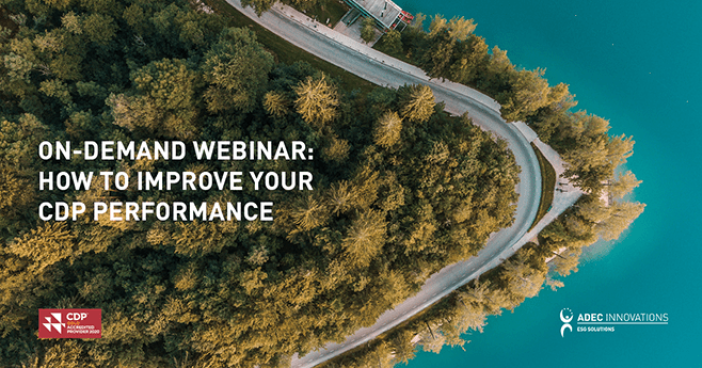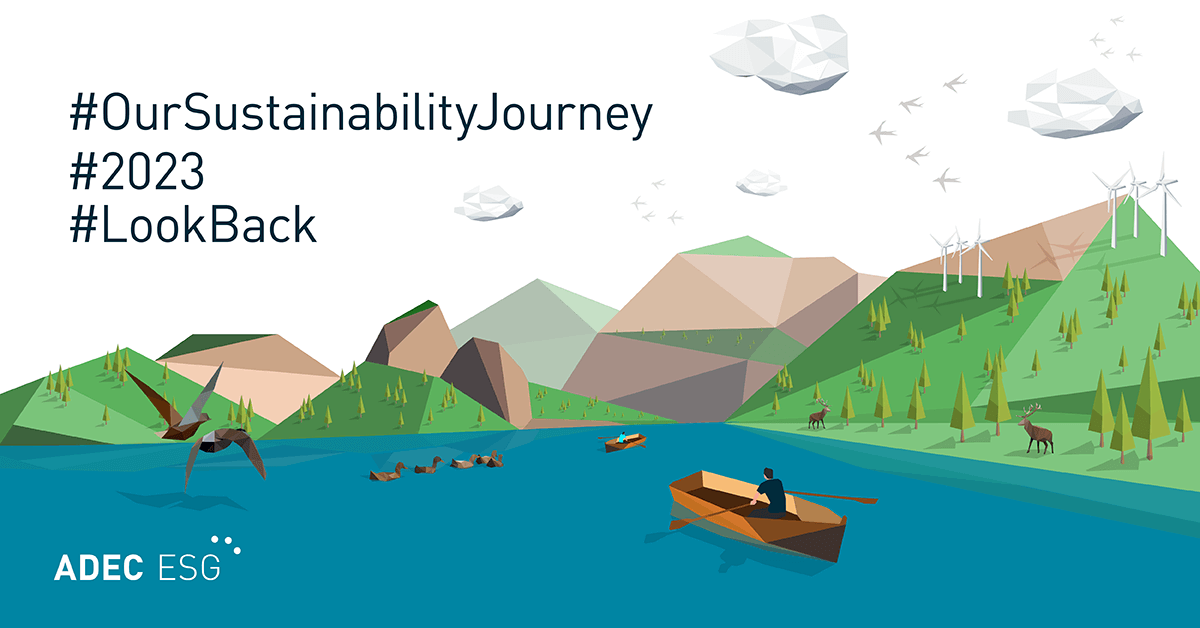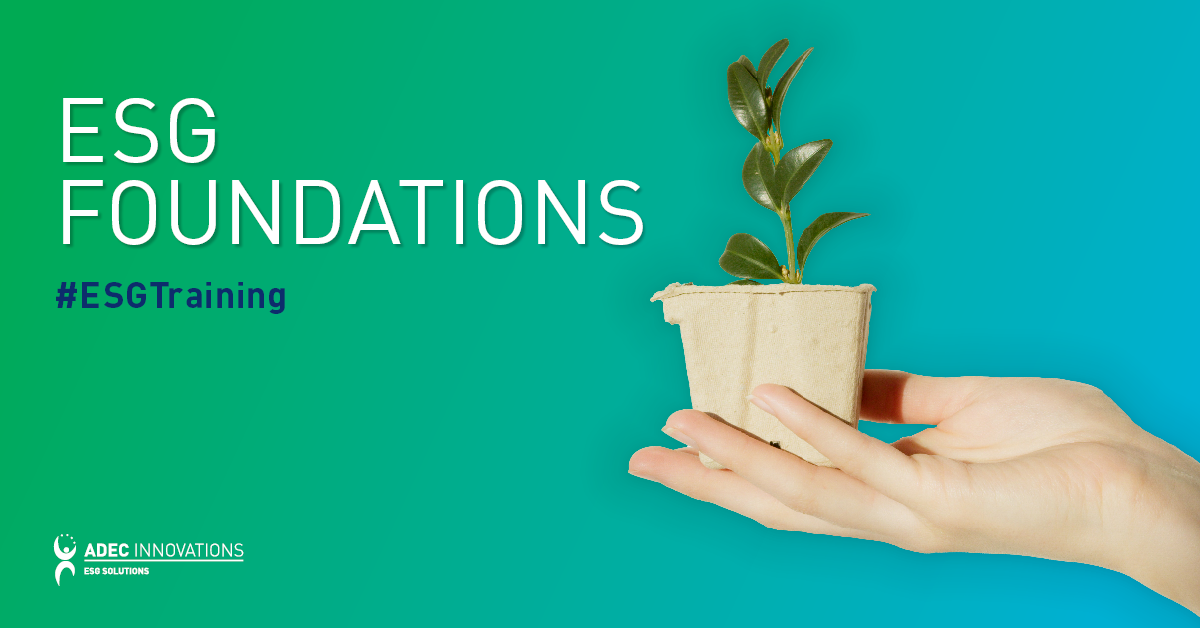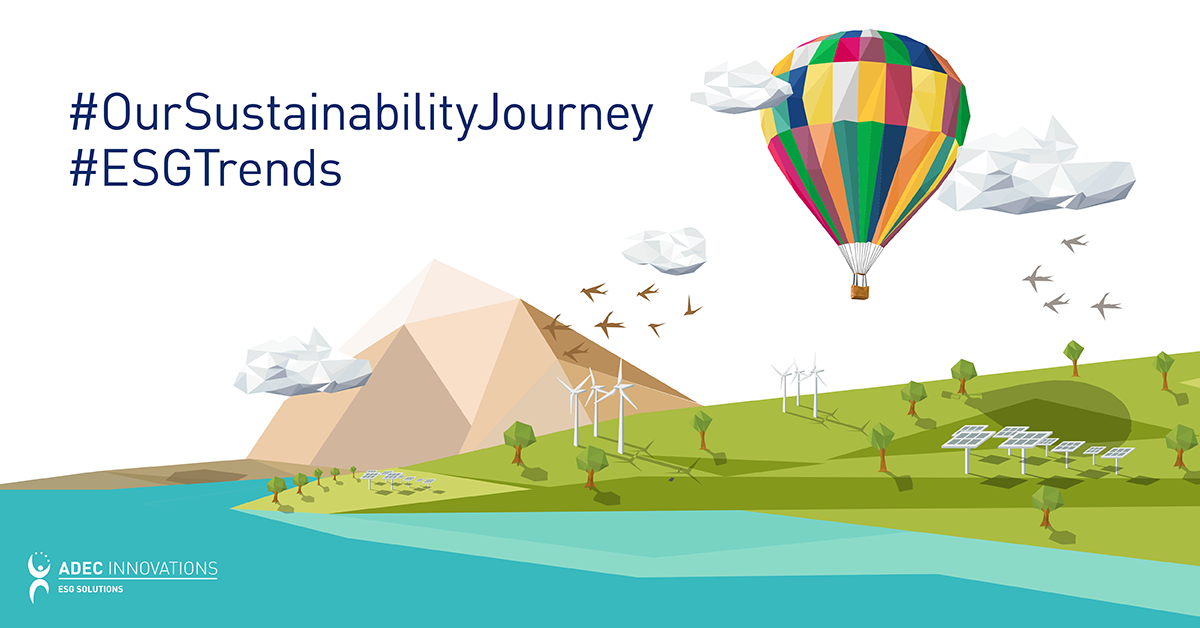Have questions for our consultants? Join our webinar on Tuesday, March 24 at 8:00am PDT / 3:00pm GMT for tips on how to improve your CDP performance, and stick around for a live Q&A with experts from ADEC Innovations. Want tips on how to improve now? Read on for the latest advice from ADEC Innovations.
You have started responding to CDP’s disclosure questionnaire but have consistently received a Disclosure (D-/D) or Awareness (C-/C) ranking. You have aspirations to improve your reporting practices and to become more transparent in your disclosure environmental impact. You are working to take firmer action towards reducing emissions, and to achieve Management (B-/B) level or above from CDP in recognition of these improvements.
If this sounds like your company, we invite you to join us for our upcoming webinar on March 24th. We will be exploring a number of best practices for CDP disclosure, developed over almost a decade as a CDP reporting partner, as well as some tips and tricks for challenging sections of the CDP questionnaires. In the meantime, let’s take a quick look at the three most basic steps you can take to improve your company’s CDP response in 2020.
1. Start Early
The best way to identify how to improve your CDP performance in 2020 is to start early. Initiate internal discussions as early as possible to gather information about the difficulties faced during previous response periods, and to draw up standard operating procedures (SOPs) to overcome these difficulties.
If you haven’t already, you can also book a Performance Review Call with ADEC Innovations. In your call, one of our CDP expert consultants will walk you through how your company’s CDP response performed in 2019 and provide recommendations for your 2020 submission.
2. Use CDP’s Guidance Materials
Every year, CDP releases reporting guidance and scoring methodologies that companies are advised to use when drafting their responses. CDP provides guidance that explains each question in detail, describing the information to provide, the required format, and where to find tools or further information to construct your answer. They also provide their complete scoring methodology, so that companies know exactly what is expected of a high-scoring response. The methodology for 2020 is due for release at the end of March.
Lastly, CDP’s 2019-20 Mapping Document lays out in detail all the changes to the questionnaires for this year, which is especially useful for companies that are already familiar with the broad strokes of the process.
3. Include Company-Specific Information
CDP, TCFD Practitioners, Investors, and end-users of CDP’s responses want to know what your specific company is doing to understand and reduce its environmental impact, not what a company like yours might do. If another company in the same sector could copy and paste your response and still have it make sense, your response is too general. Wherever appropriate, include references to specific facilities (logistics, transportation, manufacturing, production), trademarked products, locations (city, state and country), and specific metrics.
These three steps will get you off on the right foot, but there’s always more to learn about making your CDP submission as detailed and effective as it can be. Join our upcoming webinar on March 24th for an in-depth look at how to improve your performance, along with specific tips that can be incorporated into your CDP response for the 2020 season.
With experience scoring over 23,000 CDP responses and conducting more than 1,700 Performance Review Calls since 2011, ADEC ESG has the knowledge and expertise to help you maximize your CDP disclosure and improve overall performance. Contact us to learn more about how we can help.




